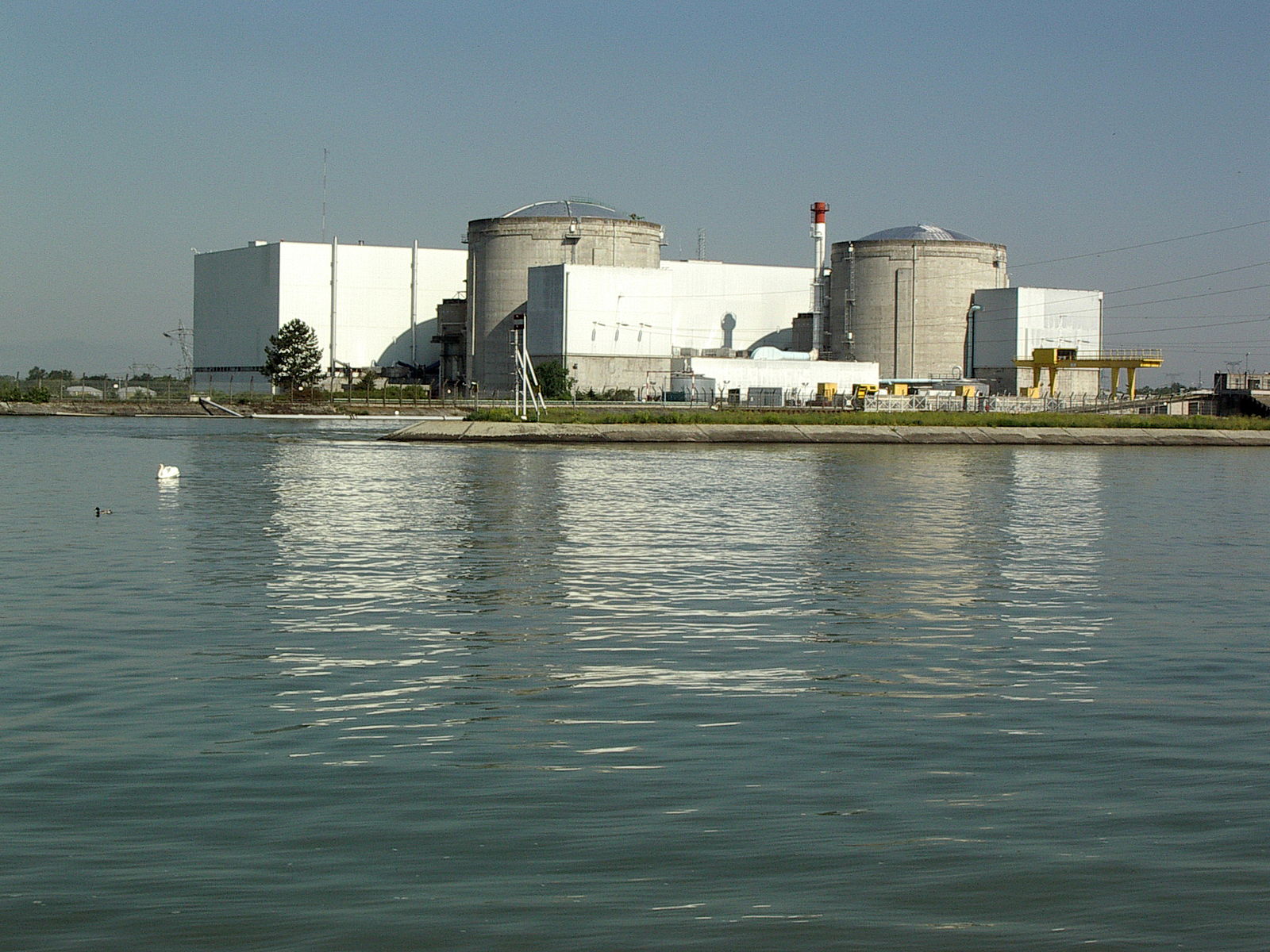Il blog "Le Russie di Cernobyl", seguendo una tradizione di cooperazione partecipata dal basso, vuole essere uno spazio in cui: sviluppare progetti di cooperazione e scambio culturale; raccogliere materiali, documenti, articoli, informazioni, news, fotografie, filmati; monitorare l'allarmante situazione di rilancio del nucleare sia in Italia che nei paesi di Cernobyl.
Il blog, e il relativo coordinamento progettuale, è aperto ai circoli Legambiente e a tutti gli altri soggetti che ne condividono il percorso e le finalità.
"Le Russie di Cernobyl" per sostenere, oltre i confini statali, le terre e le popolazioni vittime della stessa sventura nucleare: la Bielorussia (Russia bianca), paese in proporzione più colpito; la Russia, con varie regioni rimaste contaminate da Cernobyl, Brjansk in testa, e altre zone con inquinamento radioattivo sparse sul suo immenso territorio; l'Ucraina, culla storica della Rus' di Kiev (da cui si sono sviluppate tutte le successive formazioni statali slavo-orientali) e della catastrofe stessa.
Visualizzazione post con etichetta Articoli stampa straniera. Mostra tutti i post
Visualizzazione post con etichetta Articoli stampa straniera. Mostra tutti i post
31/03/20
18/03/20
FRANCE BEGINS WINDING DOWN ITS RELIANCE ON NUCLEAR POWER
France begins winding down its reliance on nuclear power
France began shutting down its oldest nuclear plant last month after 43 years of operation, the first in a series of closures the government has proposed though the the country won’t altogether abandon its reliance on nuclear power.
France began shutting down its oldest nuclear plant last month after
43 years of operation, the first in a series of closures the government
has proposed though the the country won’t altogether abandon its
reliance on nuclear power.
Yet the closure of the two reactors at the Fessenheim plant along the
Rhine River on France’s border with Switzerland and Germany, is part of
a broad energy strategy to rely more on renewable energy sources.
That strategy would see French dependence on nuclear energy from
supplying three-quarters of its electricity to about half by 2035.
The shutdown has also been a key goal of anti-nuclear campaigners
since the Fukushima disaster in 2011. Experts have noted that the
reactors at Fessenheim, brought online in 1977, fall far short of even
those reactors at Fukushima, with some warning that seismic and flooding
risks in the Alsace region have been underestimated.
Data: 01.03.2020
Fonte: www.bellona.org
Etichette:
Articoli stampa straniera,
Bellona,
Francia,
Nucleare Francia
TRUMP’S CHERNOBYL
Trump’s Chernobyl
Thirty-four years ago in Moscow I watched the government mishandle a disaster. Why does it feel like it was just yesterday?
It seems terribly wrong that so fine a spring day should be carrying a deadly danger. The daffodils and cherry blossoms proclaim renewal and hope; the crisp, clear air seems incapable of anything so treacherous.
Yet we
walk in fear. We want to scrub ourselves again and again against the
invisible attacker; we wonder where to hide, how to escape. What can we
give our children to protect them? Should we stock up on food and toilet
paper? Can we trust the government, which seems bent on making soothing
sounds and putting blame elsewhere?
It’s
the spring of 1986, and I’m in Moscow with my family as The Times’s
bureau chief. Since April 26, when a reactor at the Chernobyl nuclear
power plant erupted and spewed radioactivity far and wide, we have been
wrestling anxiously with the unknown — as reporters, trying to
distinguish fact from propaganda; personally, trying to cope with a
threat that rides silently and invisibly with the wind.
Data: 13.03.2020
Fonte: www.nytimes.com
Etichette:
Articoli stampa straniera,
Coronavirus,
Incidente di Cernobyl,
URSS,
USA
12/02/20
BELLONA’S RUSSIAN NUCLEAR PROJECT CELEBRATES ITS 25TH ANNIVERSARY
Bellona’s Russian nuclear project celebrates its 25th anniversary
Bellona’s nuclear project is a tale of how a Norwegian organization and the world community helped Russia dispose of Soviet radioactive waste

The Chernobyl disaster of 1986 was one of the reasons the Bellona
Foundation came to be. In its homeland, the organization engaged in
spectacular protests against Norwegian industries that were polluting
the environment.
But they were also concerned about their proximity to the Soviet
Union and its military activities, which threatened the entire region.
Above all, the Norwegians were worried by nuclear testing on Novaya
Zemlya and the presence of the Northern Nuclear Fleet.
During the Cold War, Norway had no influence over the nuclear and
radiation safety of the Arctic region. With the advent of Glasnost,
Bellona was presented with the opportunity to spread information and
take practical action. It was this that gave our comprehensive nuclear
project a start.
Data: 10.02.2020
Fonte: www.bellona.org
Etichette:
Armamenti nucleari,
Articoli stampa straniera,
Bellona,
Norvegia,
Nucleare URSS,
Russia,
Scorie nucleari
Iscriviti a:
Post (Atom)




















